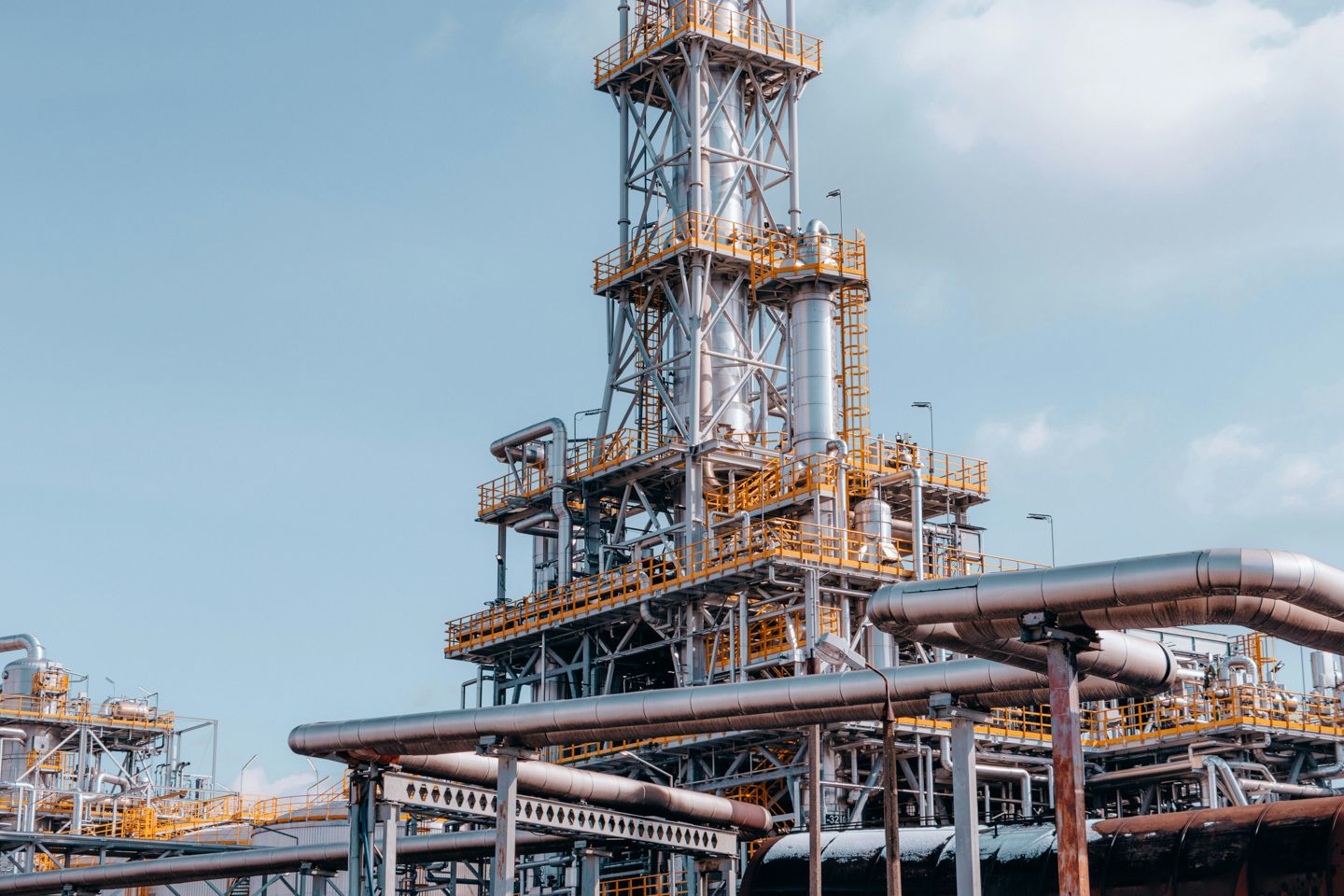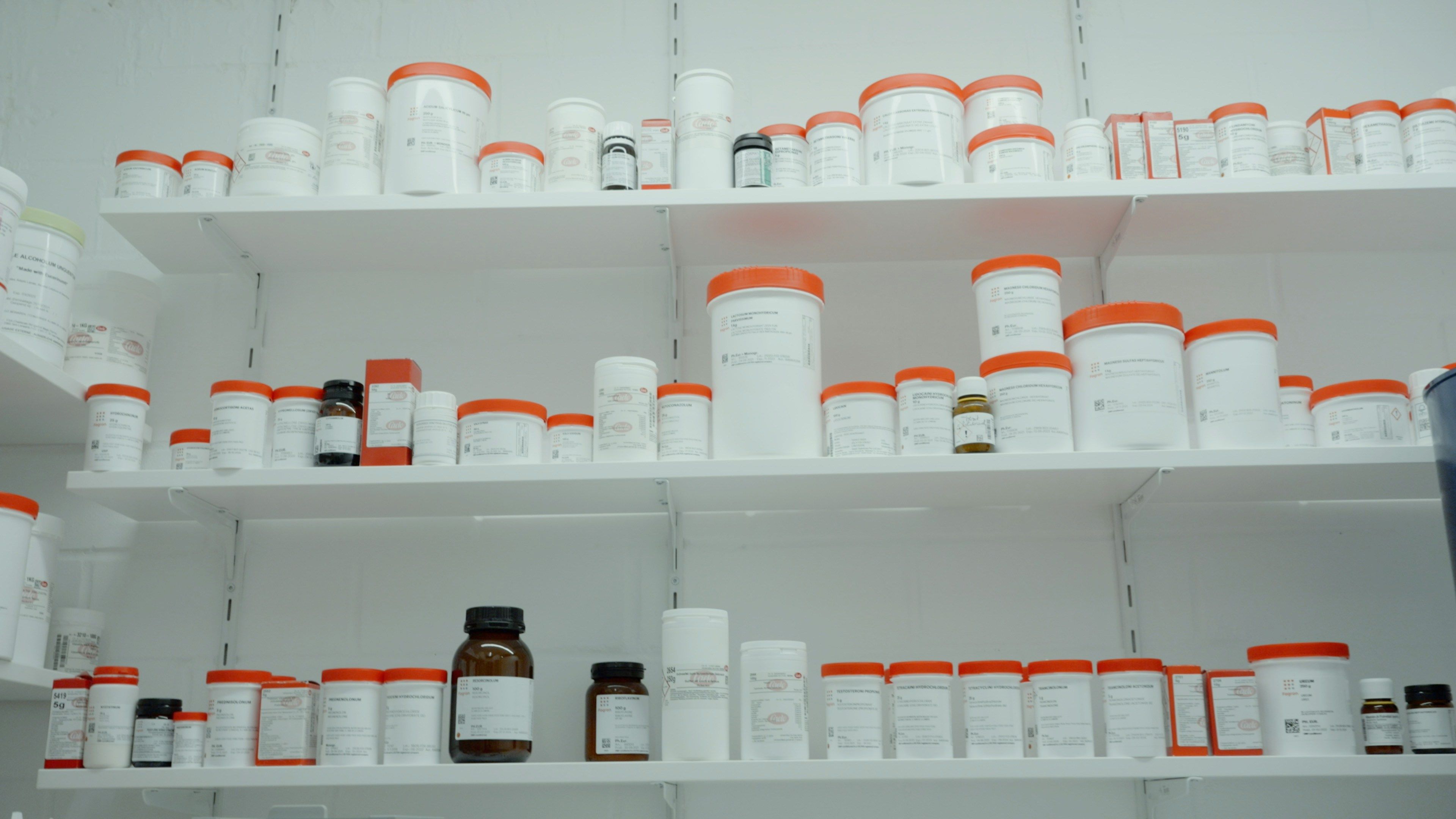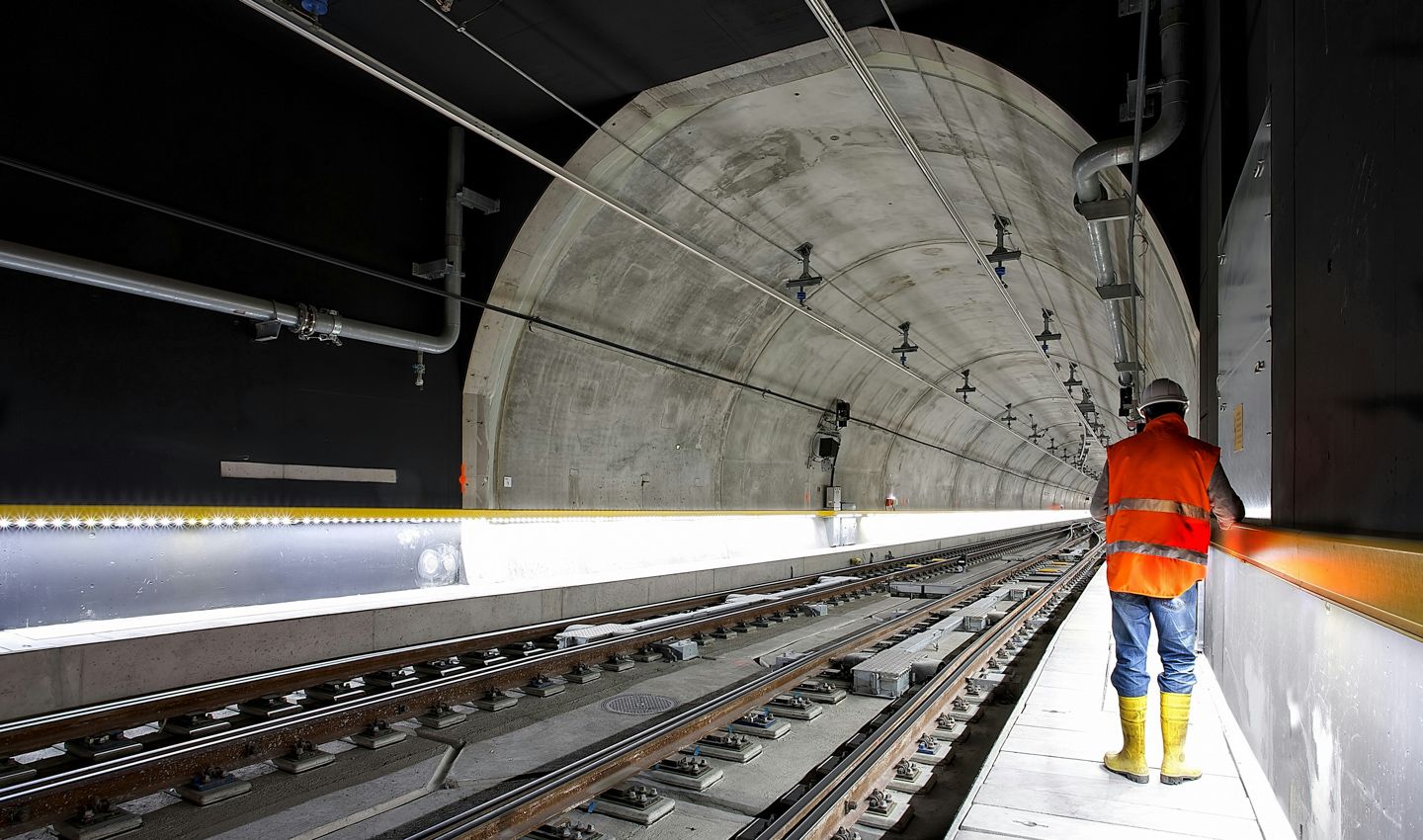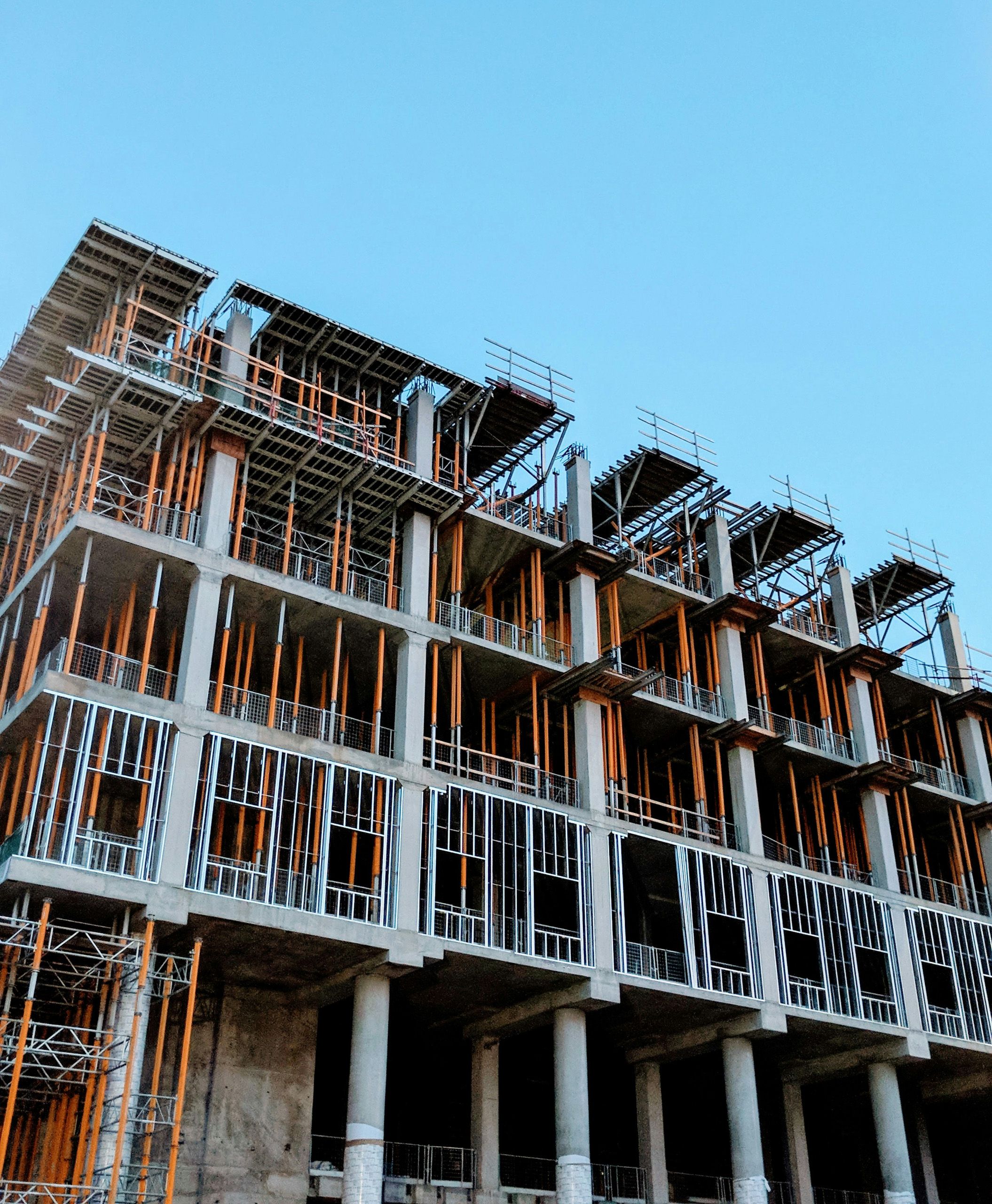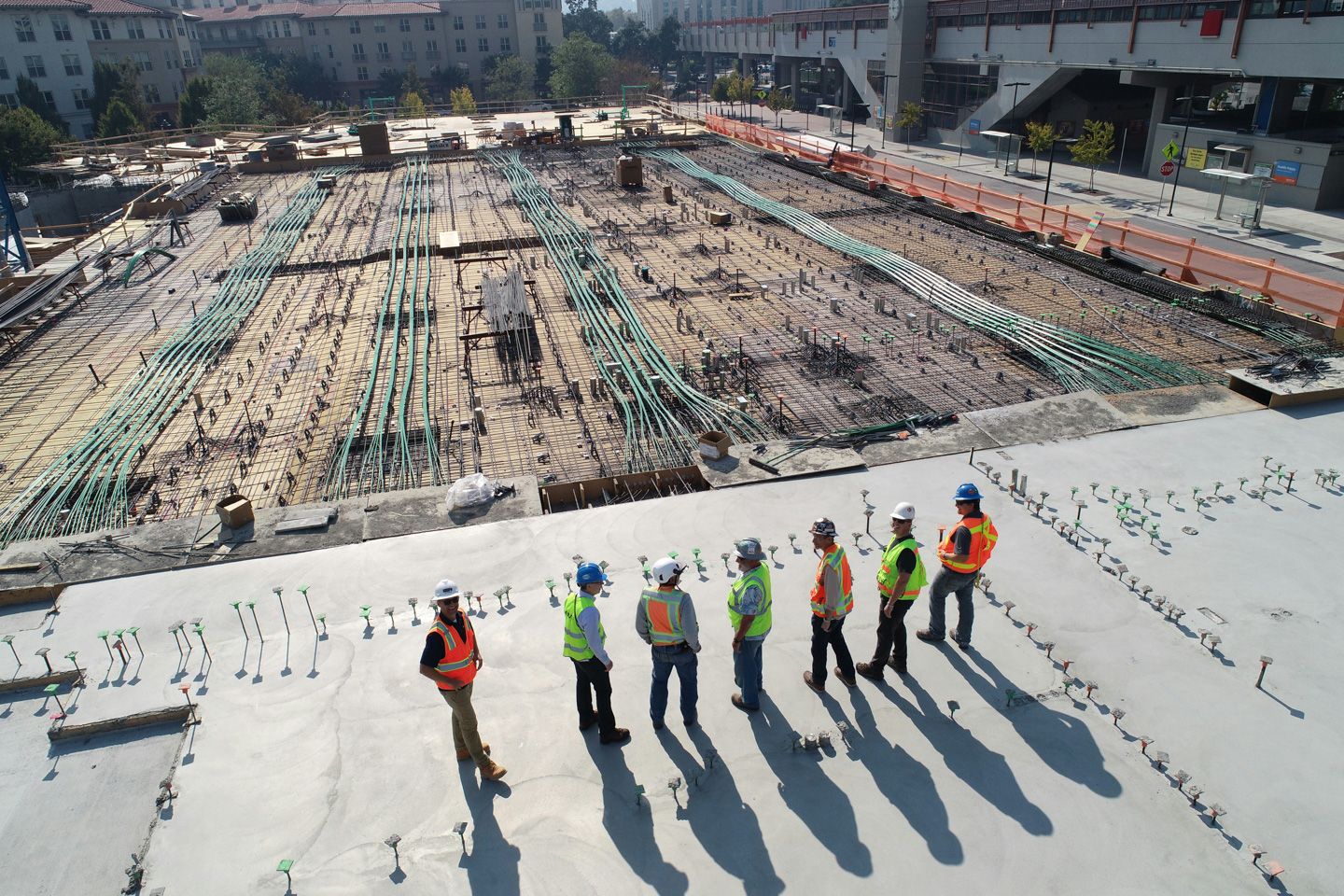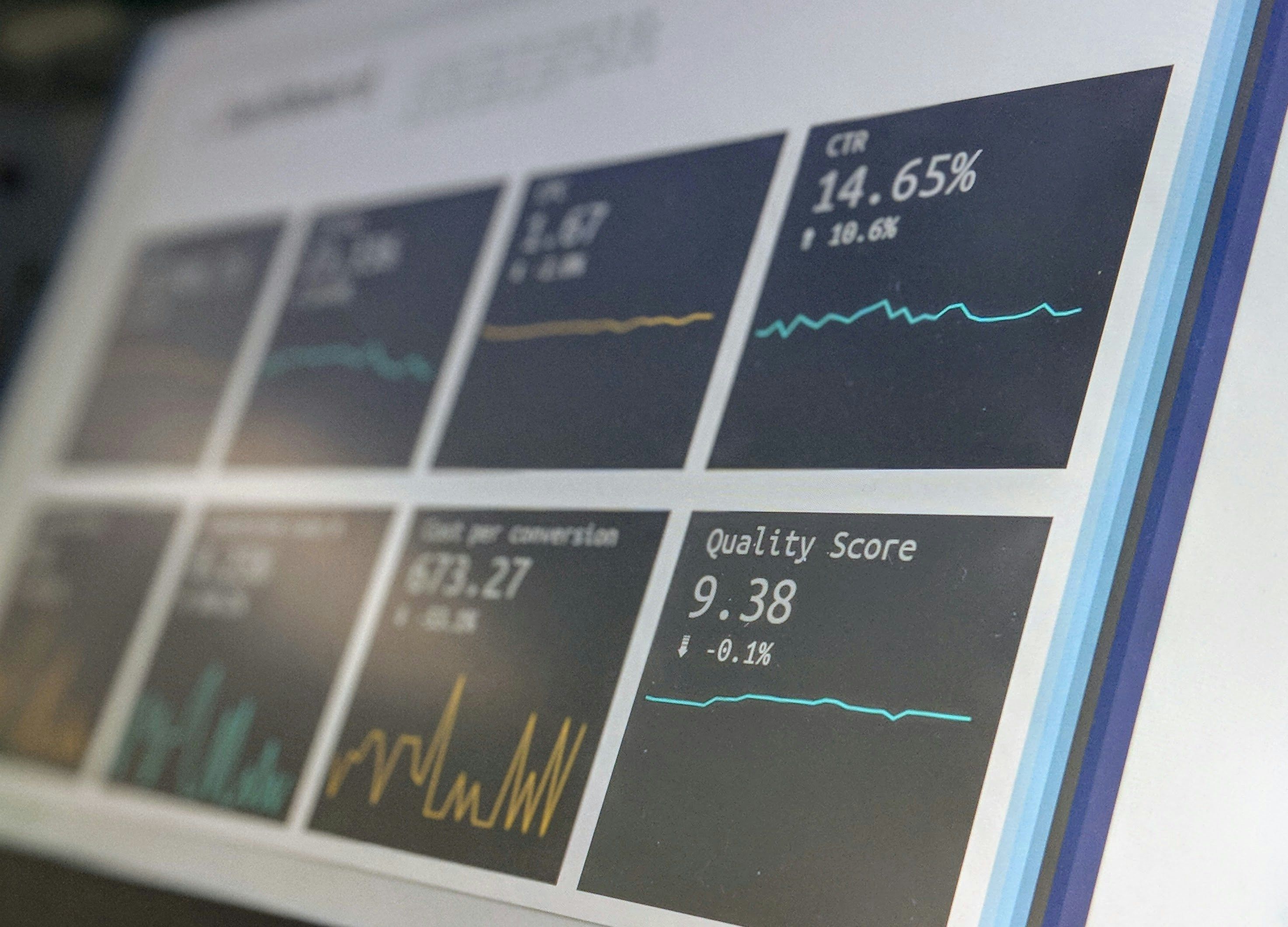Aluminium labels are lightweight metal tags or plates, often finished with anodising, brushing, engraving, or printing, designed for identification, branding, safety, and asset tracking across demanding industrial environments. Users value them because they offer exceptional resistance to corrosion, UV exposure, abrasion, and solvents, making them reliable in harsh conditions where lesser materials fail.
TCE Labels stands out as a trusted guide with over 40 years of experience, specialising in bespoke aluminium labels, anodised aluminium nameplates, laser-engraved aluminium tags, and industrial aluminium signage. Through a tailored process, TCE Labels helps clients define needs, approve proofs, and obtain durable, high-performance custom aluminium nameplates and asset tags that last.
Types & Finishes of Aluminium Labels
Anodised Aluminium. This electrochemical process grows a hard oxide layer on the surface, giving aluminium exceptional scratch and corrosion resistance while creating a receptive substrate for marking. Black-on-silver anodised finishes deliver high contrast and excellent UV stability, making text and logos pop and endure. Colour anodising is available for branding but can have reduced outdoor longevity compared to natural or black oxide treatments.
Metalphoto® Photosensitive Anodised Aluminium. Metalphoto embeds the image or legend beneath the anodic layer, producing a permanent, high-resolution graphic that resists fading, abrasion, solvents, and extreme environmental exposure. Rated for 20+ years of outdoor life, it is ideal for serial plates, safety signage, barcodes, and compliance data where readability over decades is mandatory.
Engraving, Laser Marking & Etching. Laser engraving and marking produce crisp, permanent legends with strong contrast. Unlike chemical etching, which modifies the surface by melting or dissolving material, laser engraving removes or alters the substrate precisely, delivering fine detail, essential for barcodes, QR codes, and small serial numbers. Rotary engraving remains an option for deeper cuts on thicker plates when a tactile or traditional finish is desired.
Surface Textures: Brushed, Matte, Gloss. A brushed aluminium finish suppresses glare and fingerprints, suiting control panels and industrial environments. Matte or satin finishes offer a no-nonsense aesthetic with reduced reflection, while gloss is used for premium branding applications. These options pair with engraving or Metalphoto marking to balance function and appearance.
Why Aluminium Matters: Key Benefits
Exceptional Durability & Environmental Resistance
Aluminium excels in hostile environments because its core chemistry and surface treatments create a barrier that resists degradation. Anodised aluminium develops a dense oxide layer that inhibits oxidation and stands up to salt spray, high humidity, and chemical exposure, making it a favourite in marine, chemical processing, and outdoor infrastructure applications. Metalphoto takes that resistance further by encapsulating the graphic beneath the anodic layer so the legend or image becomes immune to abrasion, solvents, and thermal cycling. Even under repeated wash-downs, exposure to UV radiation, or fluctuating temperatures, these labels maintain structure and readability, dramatically reducing the risk of misidentification or regulatory non-compliance due to label failure.
High Legibility & Precision Branding
Clarity of information is mission-critical in industrial contexts. Aluminium’s compatibility with laser engraving and Metalphoto marking means even the smallest characters, logos, and variable data can be rendered sharply with consistent contrast. Laser engraving alters or removes material to produce high-definition markings that remain legible despite scuffs or surface wear; Metalphoto embeds images that resist fading and deliver photographic fidelity. This makes aluminium labels ideal for serial numbers, compliance markings, barcodes/QR codes for asset tracking, and control panel legends that operators rely on daily. The result is reduced human error, improved traceability, and branding that retains its visual integrity over the lifetime of equipment.
Lightweight yet Sturdy
The innate strength-to-weight ratio of aluminium allows for robust identification without unnecessary mass. Compared to heavier metals like stainless steel or brass, aluminium imposes less stress on adhesives, fasteners, or suspended assemblies. It resists bending and warping under standard service conditions, and when properly supported or fixed, it remains stable even in vibrating or mobile platforms. This makes aluminium especially valuable in industries where weight reduction is important, such as aerospace, automotive testing rigs, and portable instrumentation, while still ensuring the label endures the rigours of daily use.
Wide Customisation & Attachment Options
Aluminium’s versatility extends to form factor and fixation. Ultra-thin foil grades (.003"–.008") conform to curved or irregular surfaces without cracking, while thicker rigid sheets (.012"–.125") provide a durable, authoritative presence on stationary equipment. Attachment strategies are tailored to the use case: pressure-sensitive adhesives for clean, smooth surfaces; rivets and screws for high-vibration or safety-critical contexts; flexible ball-chain or cable tie tags for temporary or movable inventory; and magnet-backed plates for non-permanent control panel overlays. Designers can also include tamper-evident features, sequential numbering, or embedded RFID/QR tagging for layered functionality.
Long-Term Value
Although aluminium labels with premium finishes or imaging methods may carry higher initial costs than basic plastic or paper alternatives, their resiliency drives down replacement frequency, inspection burdens, and risk of mislabelling. In safety-critical or compliance-heavy industries, the cost of a failed label can cascade into regulatory penalties, downtime, or safety incidents. Investing in quality aluminium nameplates and asset tags, backed by accurate specification, proofing, and correct installation, yields predictable lifecycle costs and contributes directly to operational reliability.
Specification & Design Considerations
Choosing the Right Finish & Marking
Selecting the optimal finish begins with understanding exposure and required lifespan. Black-on-silver anodised substrates with laser engraving offer a high-contrast, cost-effective default for most industrial needs, preserving legibility under UV exposure and handling. When graphics include photographs, fine gradations, or will face extreme environmental stress, Metalphoto’s embedded imaging becomes the superior choice. Colour anodised options can serve functional roles (e.g., colour-coding systems) or branding, but require verification of dye stability in your application; in some cases, a two-tier strategy (colour anodised background with monochrome engraved critical data) balances appearance and longevity.
Material Thickness & Flexibility
The gauge of aluminium impacts both application and durability. Thin, flexible foil is best for curved housings, labels that wrap around pipes, or conformal nameplates where a rigid backing would create stress concentrations. In contrast, thicker plates provide mechanical robustness, clean edges for screw or rivet mounting, and a perceived quality that reinforces brand trust. Decisions about thickness should also consider the marking method and whether the label must survive mechanical contact or only visual inspection.
Attachment & Placement
Attachment should reflect the operational environment. Adhesive-backed aluminium labels need clean, degreased surfaces with enough dwell time (typically 24 hours) before full-service loads are applied. Mechanical fasteners should be specified with appropriate torque limits to avoid distortion: washers or countersinks can distribute force on thin substrates. Placement must anticipate user interaction - orient labels for natural sightlines during routine checks, avoid locations prone to repeated abrasion if the data is critical, and consider redundancy for extremely vital equipment (e.g., dual labels in separate but adjacent positions).
Artwork & Mark-up Guidelines
High-fidelity output begins at the artwork stage. Provide vector formats (SVG, AI, EPS) for logos and layout where possible; raster images should be at sufficient DPI to prevent pixelation in Metalphoto imaging. Font choices must balance branding with readability - sans-serif or industrial-specific typefaces with adequate x-height often perform better in small engraved text. When incorporating variable data like serial numbers or barcodes, supply structured data files or use templating systems to reduce errors. Metalphoto’s ability to reproduce microtext and dense data makes it suitable for information-dense plates, but even then, planning for inspection magnification or readability thresholds (e.g., ISO barcode standards) prevents downstream issues.
Lead Times & Costs
Lead times are driven by complexity, volume, and the chosen processing path. Standard laser-engraved anodised plates can often ship in 1–3 weeks, while Metalphoto items may have an additional imaging and sealing window, nudging certain orders toward the longer end of that range. Custom shapes, variable data sequences, and multi-step finishes (e.g., colour anodising plus engraving) should be factored into project timelines early. Economies of scale apply, but sample kits and pre-production proofs are vital to validate specifications before committing large volumes, avoiding expensive rework or mismatched expectations.
Installation & Maintenance Best Practices
Before applying adhesive-backed labels, clean surfaces with appropriate solvents to remove oils, dirt, or release agents; alcohol wipes followed by a dust-free drying period are common practice. Apply pressure uniformly across the label to activate adhesives, and if possible, use edge-sealing techniques for critical outdoor installations to prevent ingress. Mechanical installations should use dissimilar fastener materials carefully to avoid galvanic corrosion; for thin aluminium plates, consider support backers or fatigue-relieving features to prevent stress cracking.
Inspection protocols should be defined based on environmental exposure, for example, quarterly visual audits in corrosive atmospheres or monthly spot checks in high-vibration zones. Replacement criteria ought to focus on loss of legibility, physical deformation, or adhesive failure; unnecessary replacement increases costs, but overdue replacement risks miscommunication. For extremely long-lived deployments, archive original artwork and serial data to enable faithful reproduction decades later.
How TCE Labels Can Help
TCE Labels offers a structured, end-to-end identification service to ensure your labels and nameplates perform reliably in the field:
- Consultative Specification Review: Experts assess environmental conditions, expected lifecycle, and compliance needs to recommend the optimal combination of materials, marking methods (anodised, Metalphoto, laser engraving), and finishes for each application.
- In-House Production & Proofing: With laser engraving, screen printing, and Metalphoto imaging all handled internally, TCE maintains rigorous quality control, delivers realistic proofs including mockups and sample swatches, and accelerates iteration without fragmented supply chains.
- Ongoing Support & Traceability: After delivery, clients benefit from specification refinements, batch-level traceability, and sample kits for future deployments, ensuring consistency and long-term reliability.
With this support, clients gain confidence that their labels will endure and remain accurate over time.
Conclusion
In industrial, safety, and branding arenas, identification is not optional or ornamental; it underpins performance, compliance, and trust. Aluminium labels combine high-visibility, enduring construction, and refined finish in a way that cheaper alternatives cannot replicate. Whether it’s the minute detail preserved by laser engraving or the decades-long clarity of Metalphoto imaging, each label can be engineered to reflect its exact purpose, exposure conditions, and audience expectations. TCE Labels builds on four decades of experience to deliver that precision with a repeatable, transparent process, expert specification advice, and tightly controlled production standards.
Clients receive proofed, fit-for-purpose solutions that reduce risk, cut lifecycle costs, and reinforce a professional identity on every asset. Begin with your artwork or requirements, and TCE Labels will guide you through proof approval to delivery, offering a no-surprise consultation, sample validation, and a confidence-backed rollout. The right label today prevents confusion tomorrow; partner with TCE Labels to make durable clarity part of your operational foundation.


